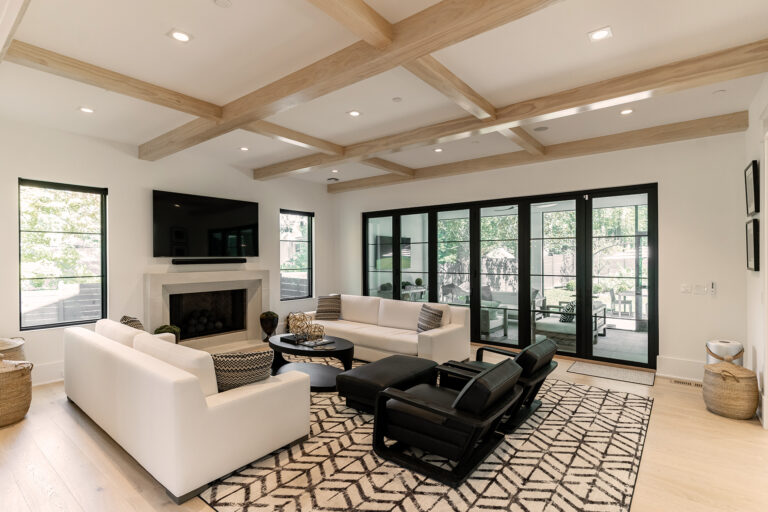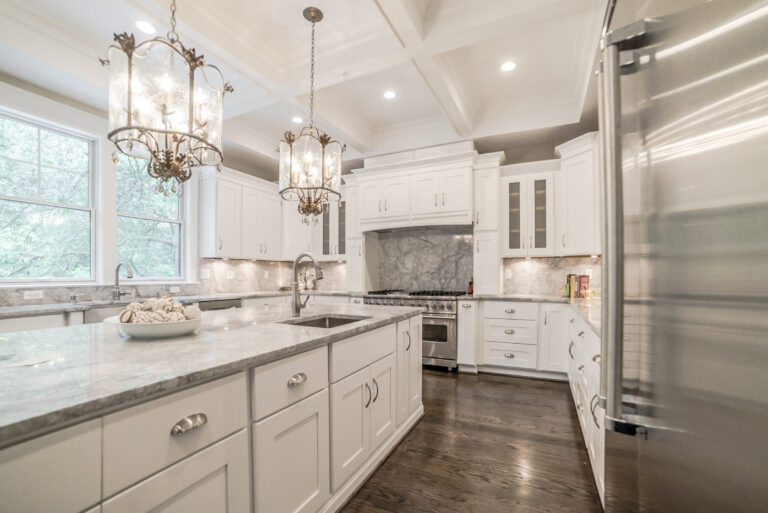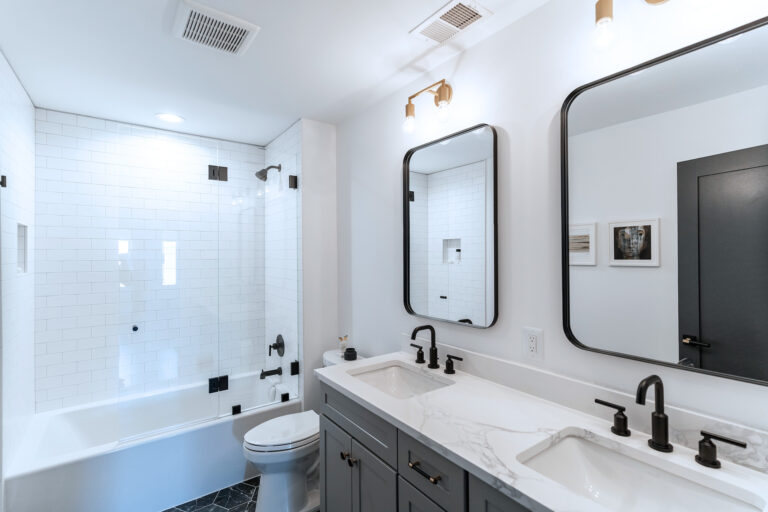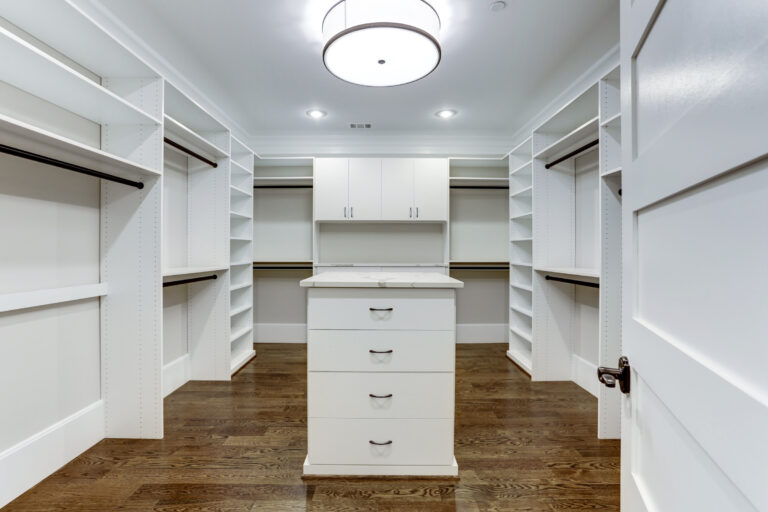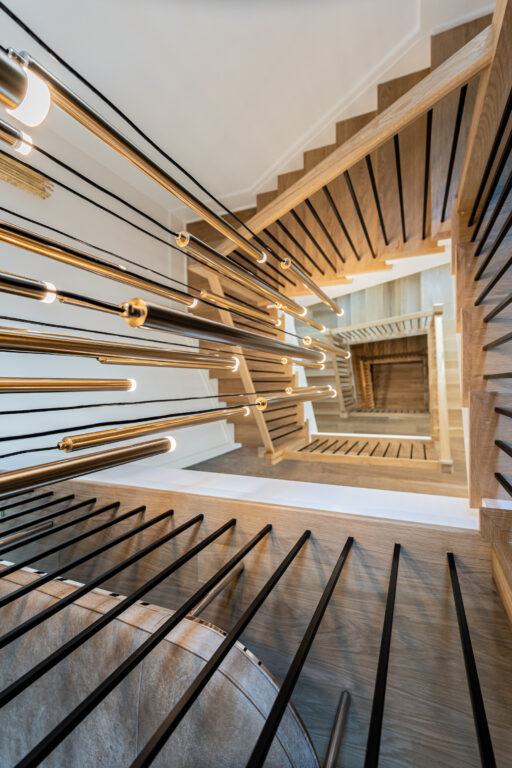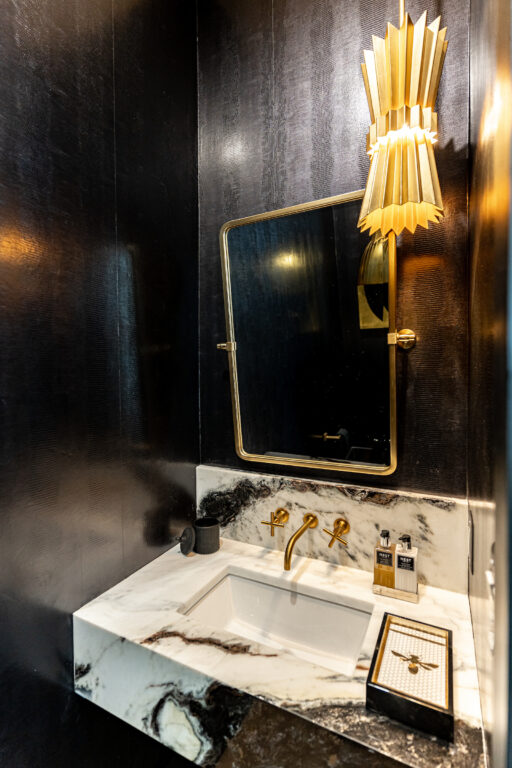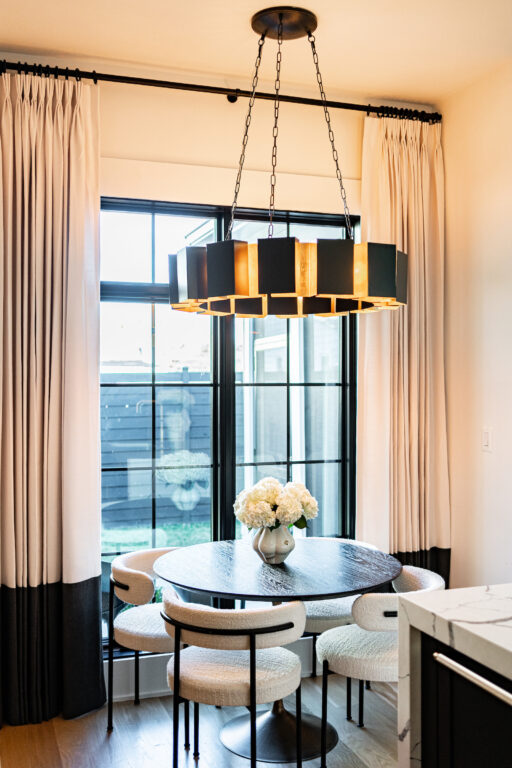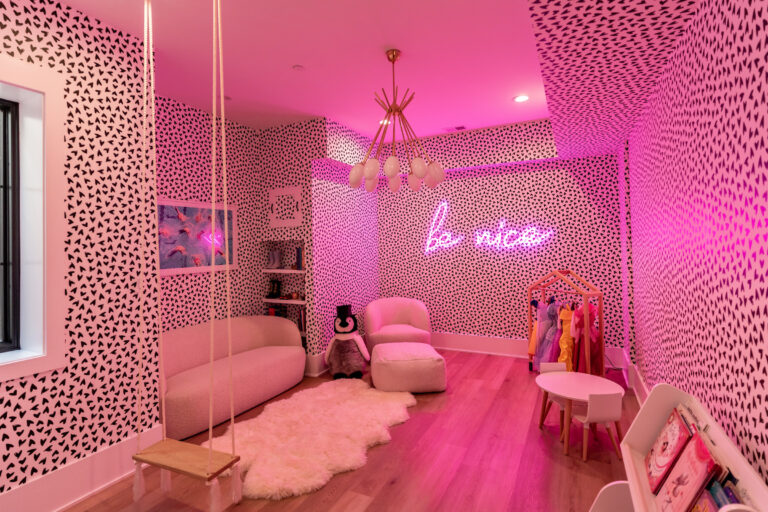
Beyond Brightness: The Importance of Color Temperature in Interior Lighting
Shining a light on the importance of color temperature in transforming interior spaces.
Lighting is an essential element when it comes to designing and decorating a house. It can impact the overall feel and atmosphere of a space, making it crucial to consider factors such as lighting temperature and color. These elements can have a significant impact on the mood and ambiance of a room and are important to consider for any interior design project.
Light Temperature
Light temperature refers to the color of light that a bulb produces and is measured in Kelvins. Generally, lighting temperature is categorized into three main groups: warm, neutral, and cool.
Warm lighting (2000K-3000K)
Warm lighting (2000K-3000K) produces a soft, yellowish glow that creates a cozy and intimate ambiance. It is ideal for living spaces such as the living room or bedroom, where a relaxing atmosphere is essential.
How to incorporate it in your home: Installing a dimmer switch can allow you to adjust the lighting intensity, making it even more comfortable. Adding some warm-colored accents such as throw pillows or blankets can complement the lighting and create a cohesive design.
Neutral lighting (3500K-4100K)
Neutral lighting (3500K-4100K) is often used in works
paces such as the kitchen or office as it provides a clear and bright light that is easy on the eyes. This type of lighting can help improve concentration and productivity while creating a comfortable environment.
How to incorporate it in your home: The kitchen is often the hub of the home, and it is crucial to have good visibility in this space. Neutral lighting can provide clear and bright light that is easy on the eyes. Installing under-cabinet lighting can provide additional light where it is needed the most, while pendant lights over the island can add a decorative touch.
Cool lighting (5000K-6500K)
Cool lighting (5000K-6500K) produces a bright, blueish-white light that is often used in spaces such as bathrooms, laundry rooms, or garages, where good visibility is necessary.
How to incorporate it in your home: Cool lighting can provide the necessary brightness and clarity needed in certain rooms. LED light strips around a bathroom mirror can provide even lighting for grooming tasks such as applying makeup or shaving. Adding a dimmer switch can also create a relaxing ambiance for a spa-like experience.
Colored Lighting
In addition to temperature, colored lighting is another critical factor when designing and decorating a home. Colored Lighting refers to the color of the light itself and can be achieved through colored bulbs or LED strips. There are several different ways to incorporate colored lighting into your home.
When choosing colored lighting, it is important to consider the color scheme and mood of the room. For example, consider how cool blue lighting can complement a predominantly blue color scheme and create a calming and relaxing environment, while orange lighting can enhance the warmth of a red color scheme and create a sense of warmth and intimacy.
How to Incorporate Colored Lighting into Your Home:
- Accent Lighting: Accent lighting can be used to highlight specific elements in a room, such as artwork, architectural features, or plants. Colored accent lighting can add a pop of color and create a dramatic effect – such as using green accent lighting to enhance the natural beauty of plants.
- Task Lighting: Task lighting is used for specific tasks, such as reading, cooking, or grooming. Colored task lighting can help improve productivity and mood. Blue task lighting can improve focus and concentration, making it ideal for a home office or study area.
- Decorative Lighting: Decorative lighting can add a touch of style and personality to any space. Colored decorative lighting creates a fun and playful atmosphere. For example, colored neon lights can add a festive touch to any bedroom, playroom, or lounge space.
- Ambient Lighting: Ambient lighting is the general lighting in a room, and it can impact the overall mood and atmosphere. Colored ambient lighting can create a specific mood or feeling. For example, using red ambient lighting can create a romantic atmosphere in a dining or bedroom.
In summary, lighting temperature and color are crucial elements in interior design. By considering these factors, homeowners can create a space that is functional, visually appealing, and conducive to the desired mood and atmosphere. There are many ways to incorporate lighting into a design, from using accent lighting to highlighting artwork. The possibilities are endless, and the result can be a beautiful and comfortable space that reflects the homeowner’s unique style and personality.
